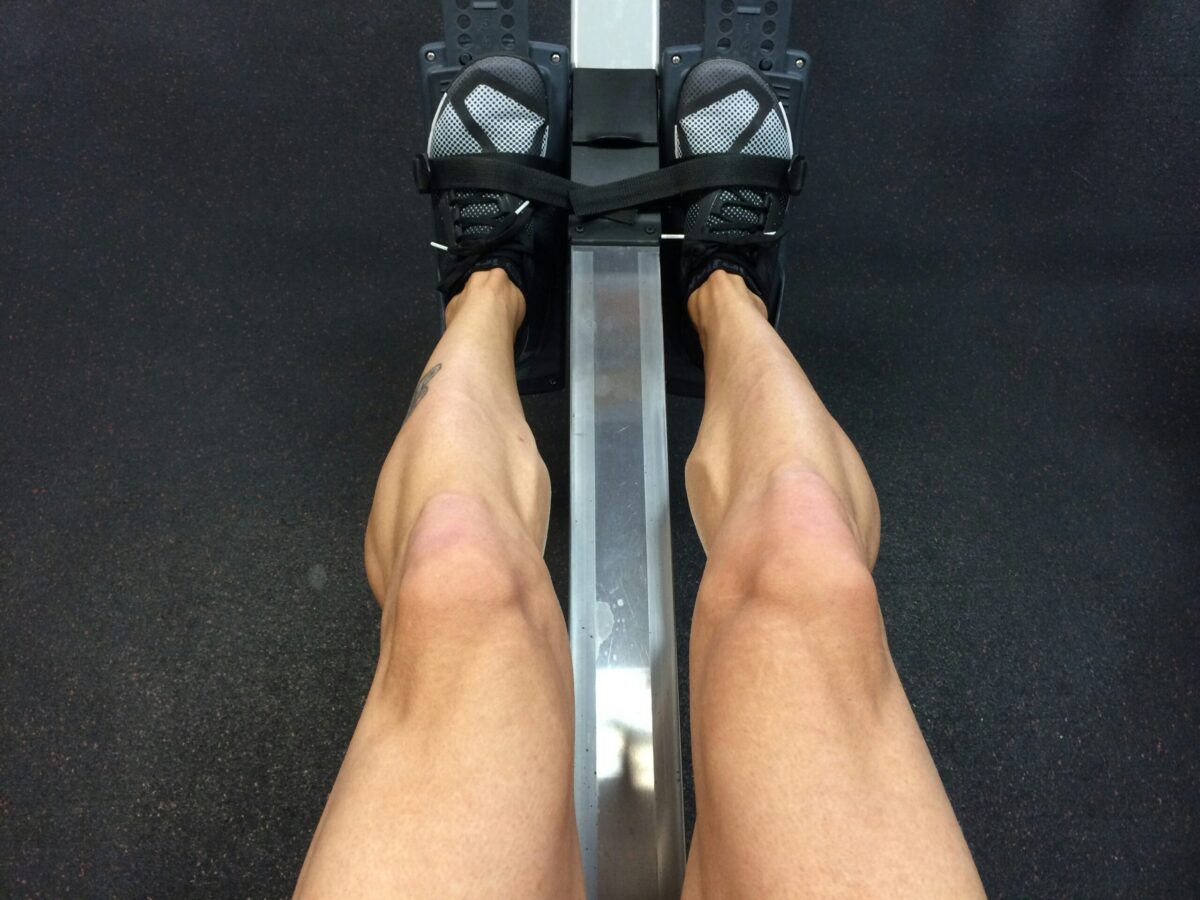Introduction
Rowing and rugby may seem like two disparate sports, but their complementary nature can significantly enhance athletic performance, particularly in rugby. In this essay, we will explore the symbiotic relationship between rowing and rugby, delving into how the principles and practices of rowing can be leveraged to improve rugby performance. Through a combination of physiological benefits, mental fortitude, and skill refinement, incorporating rowing into rugby training regimens can unlock untapped potential on the field.
Understanding the Connection
1. Overlapping Muscle Engagement
One of the most evident connections between rowing and rugby lies in the muscle groups utilized during both activities. While rugby primarily targets lower body strength and explosiveness, rowing engages a broader spectrum of muscles, including the legs, core, back, and arms. The repetitive motion of rowing strengthens these muscle groups while promoting muscular endurance, which is invaluable in rugby, where sustained effort and physicality are paramount.
2. Cardiovascular Conditioning
Rugby demands exceptional cardiovascular fitness to endure the rigors of gameplay, with players often covering significant distances at varying intensities. Rowing, renowned for its cardiovascular benefits, offers an ideal cross-training avenue for rugby athletes. By incorporating rowing intervals or steady-state sessions into training routines, rugby players can enhance their aerobic capacity, leading to improved stamina and recovery between intense bursts of activity on the field.
Leveraging Mental Resilience
3. Mental Toughness and Focus
Rowing is as much a mental challenge as it is physical, requiring unwavering focus and resilience to push through discomfort and maintain optimal technique. These mental attributes translate seamlessly to rugby, where mental toughness can be the difference between victory and defeat. By practicing rowing, athletes cultivate the mental fortitude necessary to overcome adversity, stay composed under pressure, and execute critical plays with precision on the rugby field.
4. Team Dynamics and Communication
Both rowing and rugby thrive on effective teamwork and communication among teammates. In rowing, synchronicity is key, with each rower relying on precise timing and coordination to propel the boat forward efficiently. Similarly, rugby demands cohesive teamwork, with players working in unison to advance the ball and defend against opponents. By participating in rowing exercises, rugby teams can enhance their communication skills, foster trust among teammates, and develop a deeper understanding of collective goals and strategies.
Enhancing Skill Acquisition
5. Technique Refinement and Injury Prevention
Rowing places a strong emphasis on proper technique and body mechanics to maximize efficiency and minimize the risk of injury. The focus on posture, alignment, and controlled movement in rowing translates directly to rugby, where poor technique can lead to increased susceptibility to injury and decreased performance. By incorporating rowing drills and exercises into training sessions, rugby players can refine their movement patterns, improve body awareness, and mitigate the likelihood of common rugby injuries, such as strains and sprains.
Specific Rowing Exercises for Rugby Players
1. Rowing Machine Intervals
Utilize a rowing machine to perform interval training, alternating between high-intensity sprints and active recovery periods. Start with a warm-up row at a moderate pace for 5-10 minutes, then alternate between 30 seconds of maximal effort rowing and 1-2 minutes of light rowing or rest. Aim for 5-8 intervals per session, gradually increasing intensity and duration as fitness improves.
2. Power Strokes
Focus on explosive power strokes to simulate the dynamic movements required in rugby, such as sprinting, tackling, and scrummaging. Begin with a strong drive phase, pushing off forcefully with the legs while engaging the core and upper body to pull the handle towards the chest. Emphasize quick, powerful strokes with each pull, mimicking the explosive movements of rugby gameplay.
3. Endurance Rows
Incorporate longer, steady-state rowing sessions to build aerobic endurance and mental resilience. Set a target distance or time for the rowing session (e.g., 30 minutes or 5000 meters) and maintain a consistent pace throughout. Focus on proper technique and breathing rhythm to sustain effort over the duration of the row, replicating the endurance required during extended periods of play in rugby matches.

4. Core Stability Exercises
Integrate rowing-specific core exercises to strengthen the muscles essential for stability and injury prevention in rugby. Perform exercises such as Russian twists, plank variations, and seated twists using a rowing machine or stability ball to target the core muscles engaged during rowing and rugby activities. Aim for 2-3 sets of 10-15 repetitions per exercise, focusing on maintaining proper form and control.
5. Team Rowing Drills
Engage in team-based rowing drills to enhance communication, teamwork, and synchronicity among rugby players. Divide the team into pairs or small groups and perform drills such as synchronized rowing, where teammates must match stroke timing and power output to propel the boat forward efficiently. Rotate positions and incorporate verbal cues to facilitate coordination and cohesion within the team.
6. Recovery Rows
Use rowing as a low-impact recovery activity to facilitate active recovery between rugby training sessions or matches. Perform light rowing sessions at a comfortable pace, focusing on smooth, controlled movements to promote blood flow and aid in muscle recovery. Incorporate dynamic stretching and mobility exercises during recovery rows to alleviate muscle tightness and enhance flexibility.
7. Technique Workshops
Attend rowing technique workshops or seek guidance from experienced rowing coaches to refine your rowing technique and maximize efficiency. Focus on key aspects such as posture, blade entry and exit, and sequencing of the rowing stroke to optimize performance and minimize the risk of injury. Implement feedback from coaches and peers to continually improve technique and proficiency on the rowing machine.
8. Cross-Training Integration
Integrate rowing into your overall cross-training regimen to complement rugby-specific workouts and enhance overall fitness and performance. Alternate rowing sessions with rugby-specific strength training, agility drills, and conditioning exercises to maintain a well-rounded training program. Adjust training volume and intensity based on individual fitness levels and rugby season demands to ensure optimal performance and recovery.

Conclusion
In conclusion, the integration of rowing into rugby training protocols offers a multitude of benefits that can enhance overall performance on the field. From physiological improvements to mental resilience and skill refinement, the synergy between rowing and rugby provides athletes with a holistic approach to athletic development. By recognizing and harnessing the interconnectedness of these two sports, rugby players can unlock their full potential and gain a competitive edge in the pursuit of success on the rugby pitch.

